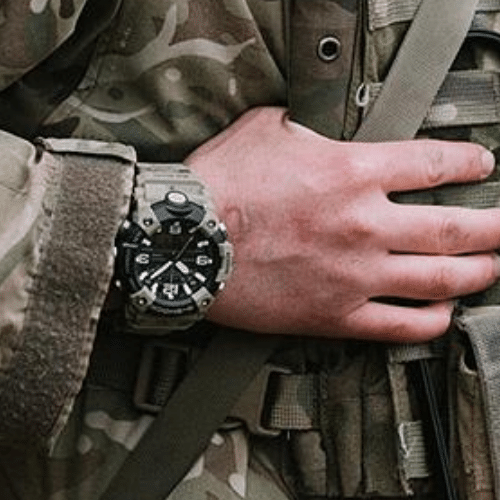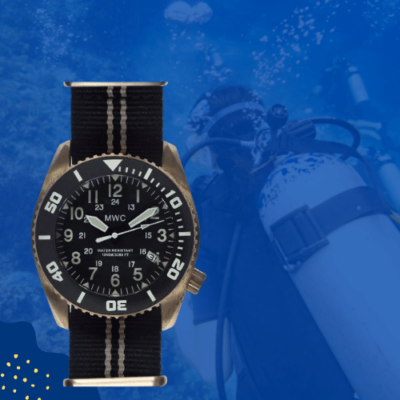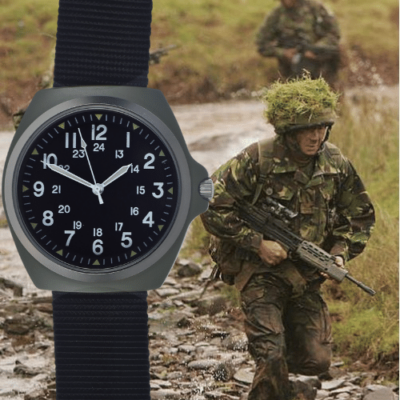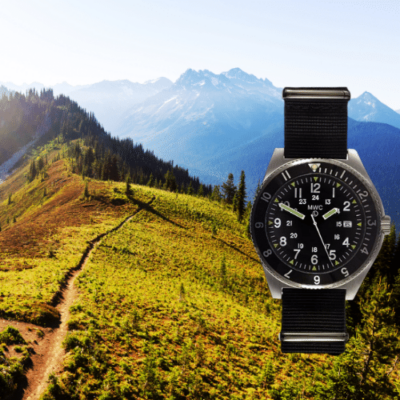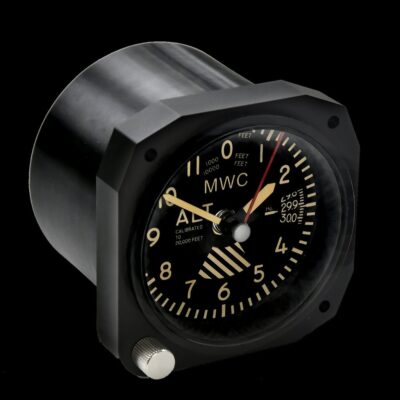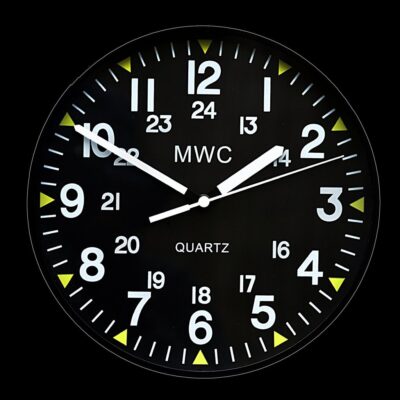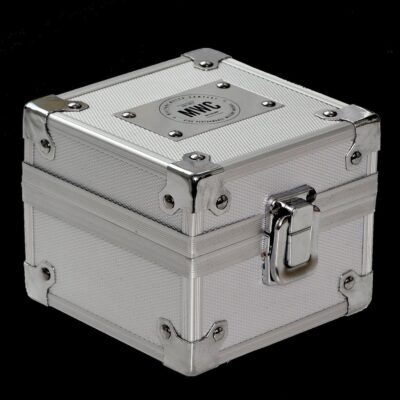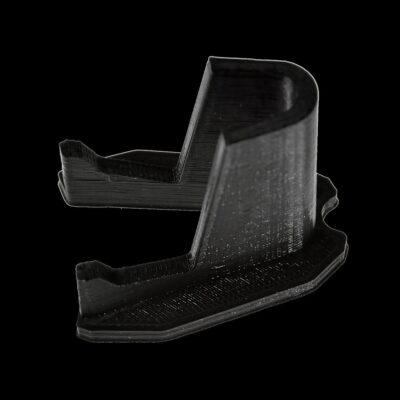News
Chinese Army Demonstrates PCL-181 Precision Artillery Capabilities in New High Altitude Exercises
The Chinese People’s Liberation Army Ground Force has demonstrated the capabilities of the PCL-181 155mm wheeled self-propelled howitzer at high altitudes during exercises in the country’s Xinjiang region. The systems operated by a regiment under the Xinjiang Military Command completed a high-altitude live-fire exercise in rugged mountainous terrain under extreme weather conditions and in thin air, which has significant implications for China’s security in border areas particularly near India and Afghanistan. The exercises saw the howitzers fire on targets at a range of elevations and distances, using onboard targeting computers and real-time digital data from external reconnaissance assets to launch synchronised strikes, while demonstrating the capability to maintained operational stability and accuracy despite major environmental stresses.

Although Chinese tanks use 125mm calibre guns, which are common with those of the Soviet Bloc, its modern artillery uses the NATO standard 155mm calibre, in contrast to neighbouring Russia and North Korea which use 152mm and 170mm guns. Developed by Norinco, the PCL-181 is among the world’s newest 155mm howitzers, and was introduced into service in 2019. Its use of a 6×6 truck chassis rather than a tracked chassis is among the features which optimises it for mountain operations, while also reducing operational costs. The howitzer uses integrated battlefield communication systems, a fully digitised fire control system, satellite navigation, automatic gun-laying capability, It can fire a wide range of munitions including including high-explosive, base-bleed, rocket-assisted, and precision-guided rounds, such as the GP6 and GP155 series.

The PCL-181 has a 40 kilometre engagement range, which is considered standard for 155mm howitzers, although a longer engagement range may be achievable using rocket boosted rounds. One of the PCL-181’s most outstanding features is its mobility, with each able to operate at speeds of 90 km/h, and over distances of over 600 kilometres using internal fuel. The system is capable of redeployment and repositioning in under three minutes, as demonstrated in recent exercises, which improves survivability against counter-battery fire, which has proven critical in recent artillery engagements in the Ukrainian theatre. The system’s introduction into service has further strengthened China’s overwhelming artillery advantage over India across their Himalayan borders, which has been considered key to deterring Delhi from attempting re-initiate hostilities over disputed territories.

